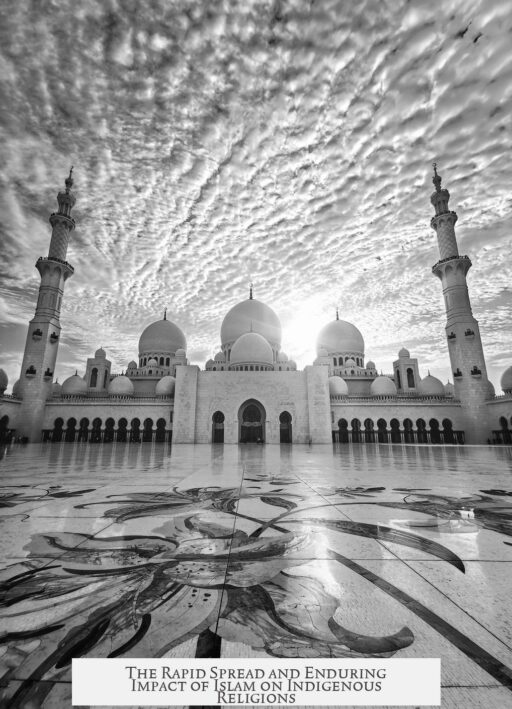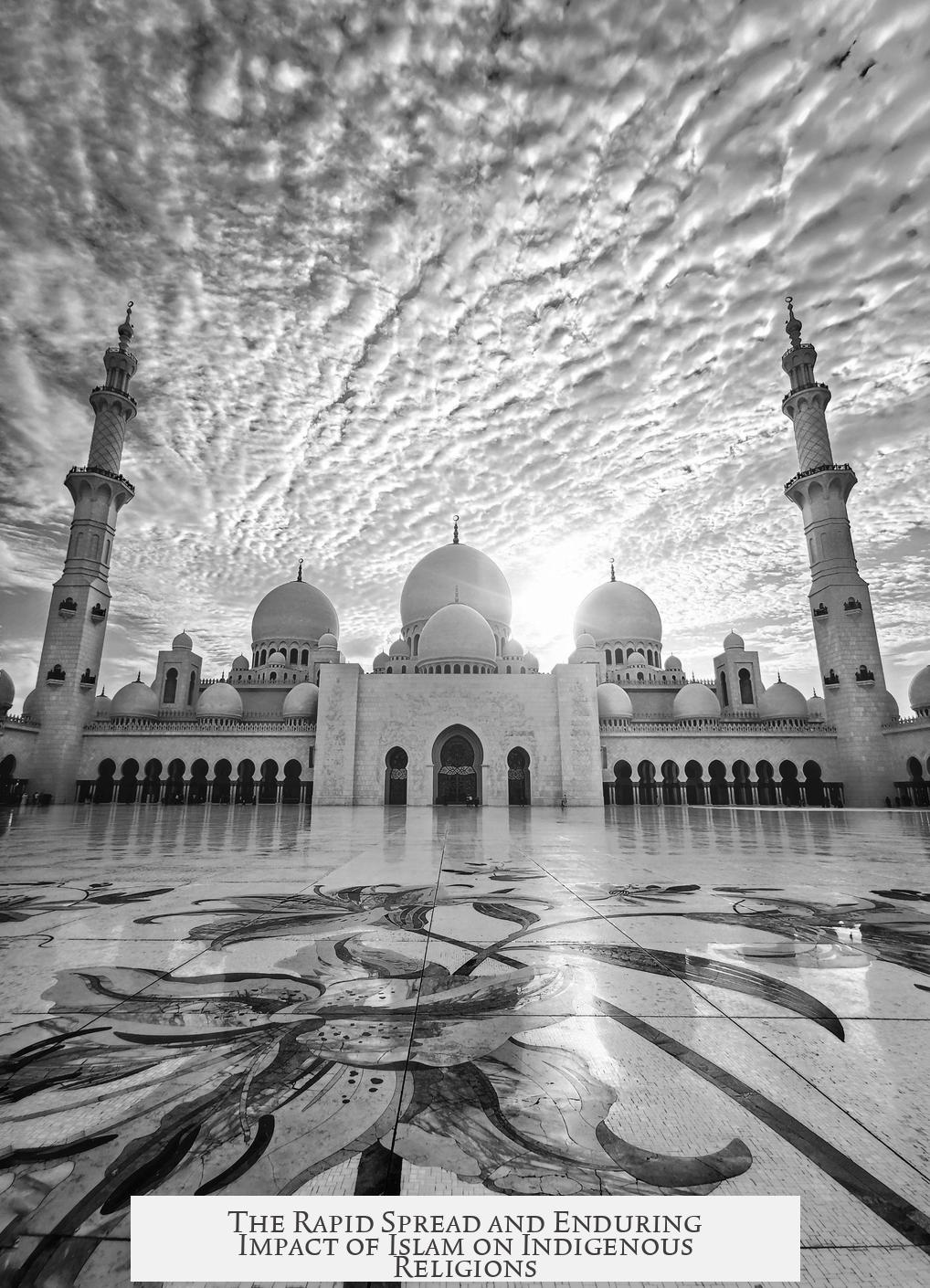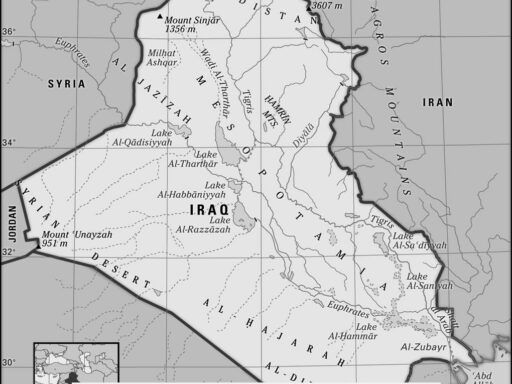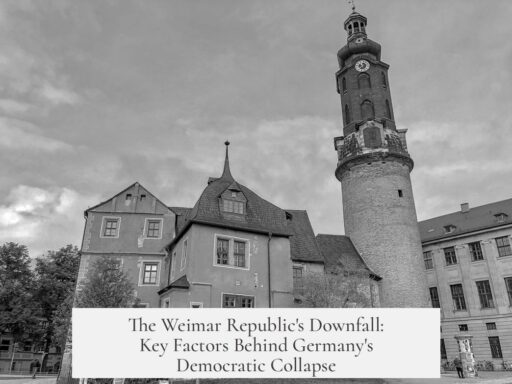Islam spread rapidly and maintained long-lasting dominance over indigenous religions through a blend of unique historical timing, military innovation, flexible governance, cultural tolerance, and gradual social integration. It did not impose itself swiftly or uniformly but evolved over centuries, adapting to diverse societies and benefiting from the political and religious fractures in the regions it entered.
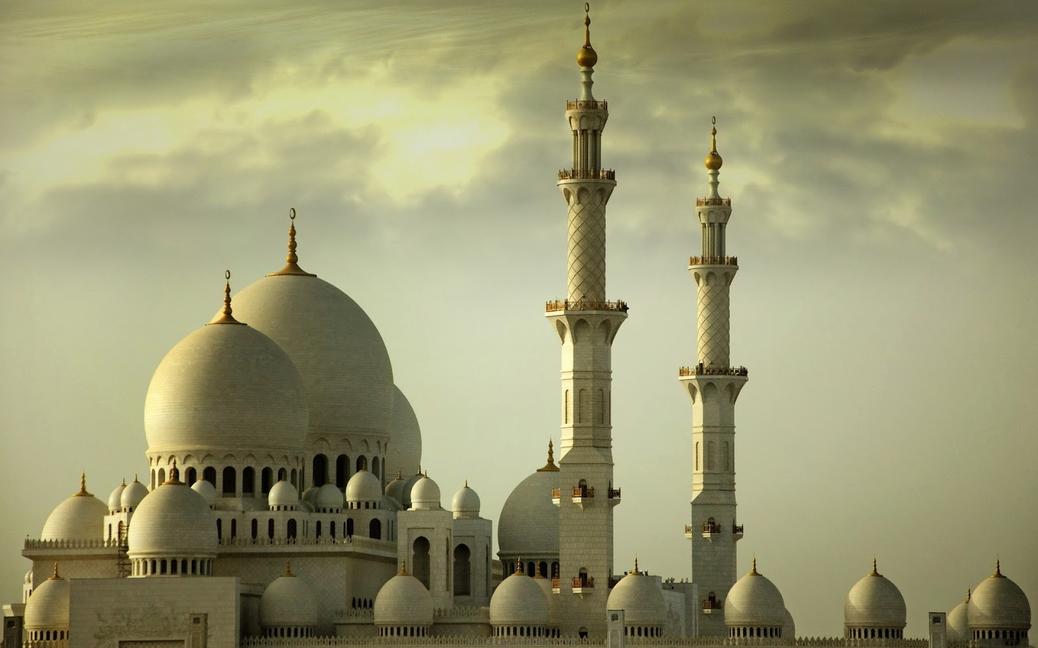
The rapid expansion of Islam began in the 7th century during a period of political fragmentation and religious dissatisfaction. The Roman and Persian Empires were weakened or collapsing, creating a power vacuum. The Arabian Peninsula, where Islam emerged, was divided into tribes often involved in conflicts. Muhammad presented Islam as a unifying cultural and religious force, appealing to many through a coherent set of beliefs combined with social and political changes. His ability to mobilize diverse military tactics, including combined arms forces with cavalry and infantry, enabled swift initial territorial gains. This military prowess, however, was not the only factor in Islam’s expansion.
Islam did not equate conquest with immediate mass conversion. Unlike some assumptions, it took centuries for large regions to become predominantly Muslim. For example, Egypt’s Islamization spanned approximately 300 years, influenced by factors such as Arab immigration, the imposition of poll taxes (jizya) on non-Muslims, and intermarriage. These processes gradually shifted demographics without forced religious conversion. Similarly, Persian and Anatolian regions experienced slow Islamization over centuries.
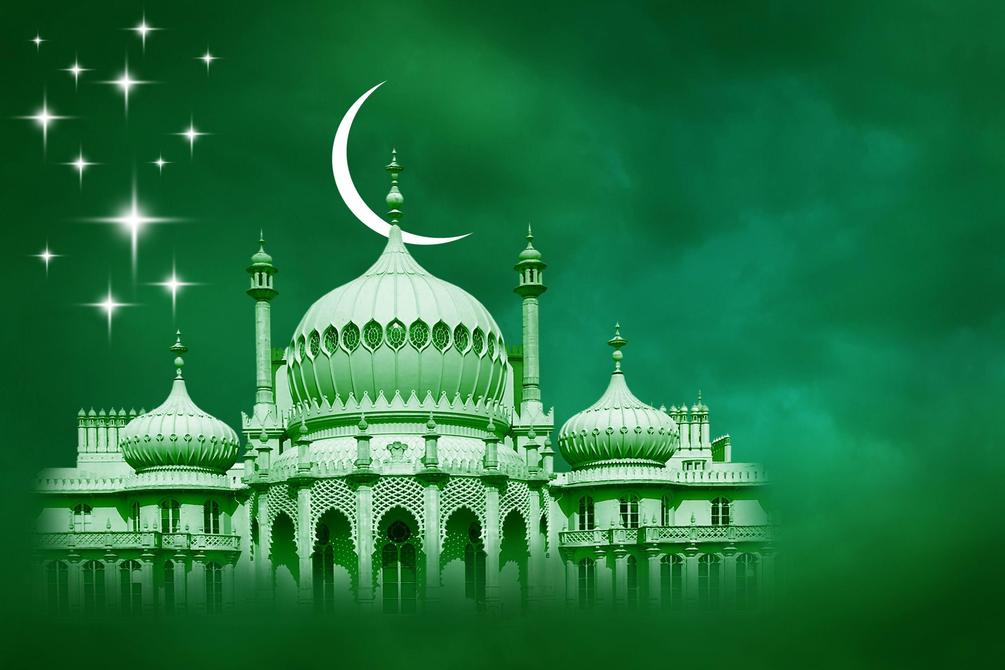
The early Islamic states—the Rashidun, Umayyad, Abbasid, and Fatimid caliphates—were politically unstable and did not enforce a singular Islamic culture uniformly across their domains. Instead, Islamic rulers often formed a ruling elite that used Islam as a state ideology. They tolerated other religious groups, including Christians and Jews, who were recognized as dhimmi—protected peoples allowed to practice their faith if they paid taxes and accepted certain civil rules. This pluralism promoted societal stability and was a key element in the empire’s longevity.
Tolerance toward religious minorities differentiated Islamic governance from other expansionist empires of the time. While Christian factions inside the Eastern Roman Empire grappled with internal disputes and sectarian conflicts, Muslims imposed less rigid control over conquered peoples. Their acceptance of religious diversity under the dhimmi system reinforced their legitimacy while alleviating the social and administrative costs of outright forced conversion or suppression.
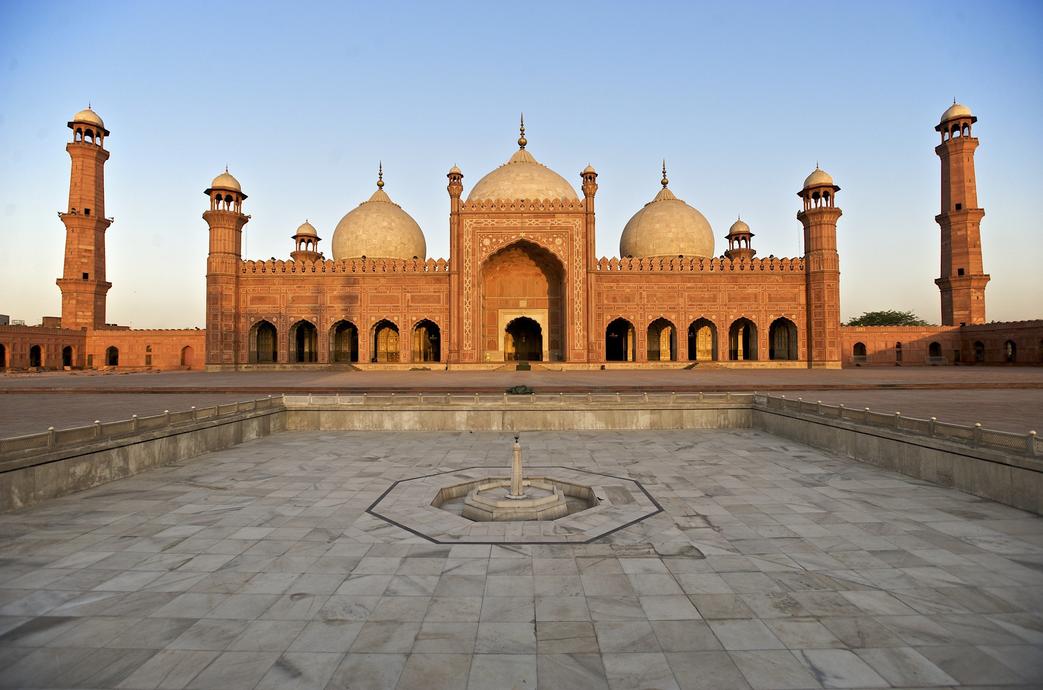
The cultural and administrative flexibility of Islamic rulers facilitated coexistence. In many regions, Islam became the culture of the ruling classes, but the general population retained various indigenous beliefs for long periods. Integration happened gradually, supported by a blend of economic incentives and political accommodations.
Trade and passive cultural exchange also played a major role in the spread of Islam. Rather than relying solely on military conquest, Islamic culture and religion spread along trade routes across Asia and Africa, integrating through social interaction and commerce. This diverse approach allowed Islam to take root and flourish across different ethnic and social groups.
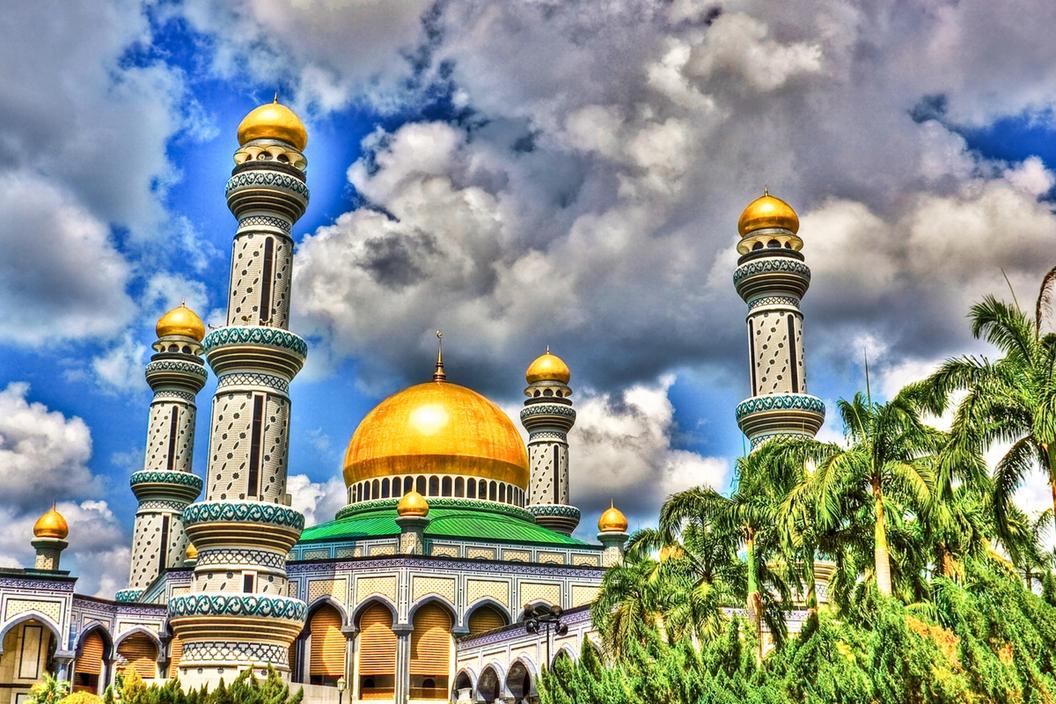
| Factor | Description | Impact |
|---|---|---|
| Historical Context | Era of political fragmentation and religious dissatisfaction in the Middle East | Provided opportunity for rapid expansion with minimal resistance |
| Military Innovation | Combined arms strategies with diverse forces | Enabled swift initial conquests |
| Tolerance for Non-Muslims | Dhimmi system allowing religious autonomy under Islamic rule with tax obligations | Maintained social order and legitimacy without widespread repression |
| Gradual Conversion | Demographic and social changes over centuries, including immigration and intermarriage | Ensured long-term cultural dominance over indigenous religions |
| Economic and Cultural Exchange | Spread of Islamic culture through trade and passive interactions | Complemented military and political expansion effectively |
Islam’s dominance emerged not from a sudden takeover but from pragmatic governance and cultural adaptability. Early Muslim rulers often prioritized political stability over religious uniformity. The post-Ottoman world reflects this legacy: diverse religious and ethnic communities coexisted under Muslim elites, with many maintaining their distinct identities well into the modern era.
This nuanced understanding challenges simplistic notions of rapid conversion by force. Islamic societies excelled at managing multicultural domains by accommodating various beliefs while gradually embedding Islamic principles within governing frameworks. Over time, Islam became the religion of many through sociopolitical incentives and cultural integration rather than outright coercion.
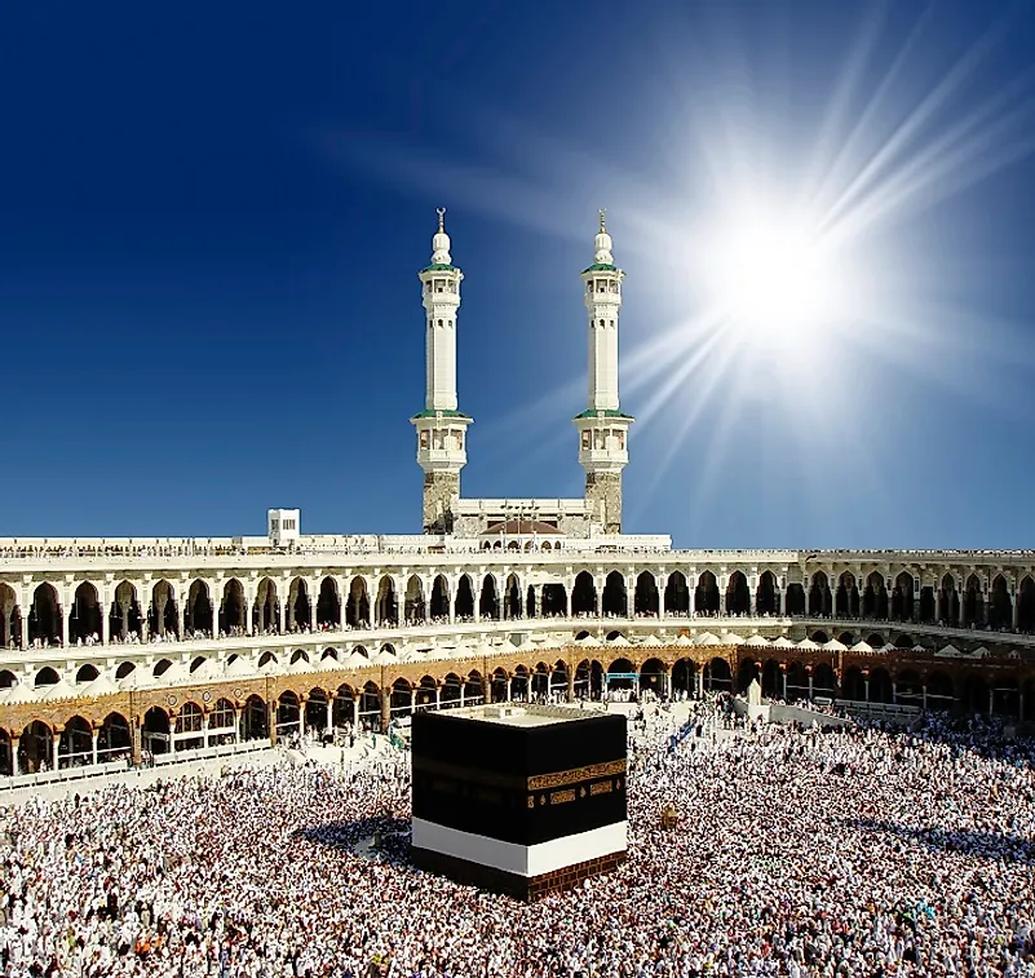
- Islam’s initial spread capitalized on a fragmented, unstable geopolitical context where many sought new social orders.
- Military successes combined with flexible governance created durable Islamic states that tolerated religious diversity.
- Islamization of regions like Egypt and Persia was a slow process involving immigration, taxation, and intermarriage.
- The dhimmi system granted religious minorities autonomy, fostering coexistence and reducing resistance to Muslim rule.
- Trade and cultural exchanges helped embed Islam beyond political boundaries over centuries.
How Did Islam Spread So Fast and Maintain Longevity and Dominance Over Indigenous Religions?
Islam spread rapidly in its early centuries and sustained its dominance not through instant conquests or forced conversions but by a clever mix of military strategy, cultural adaptation, tolerance, and slow demographic shifts. Understanding this phenomenon requires slicing through popular myths and digging into history’s nuanced reality. Curious how a religion born in a fragmented, politically chaotic 7th-century Middle East achieved such reach and endurance? Let’s unravel this tale.
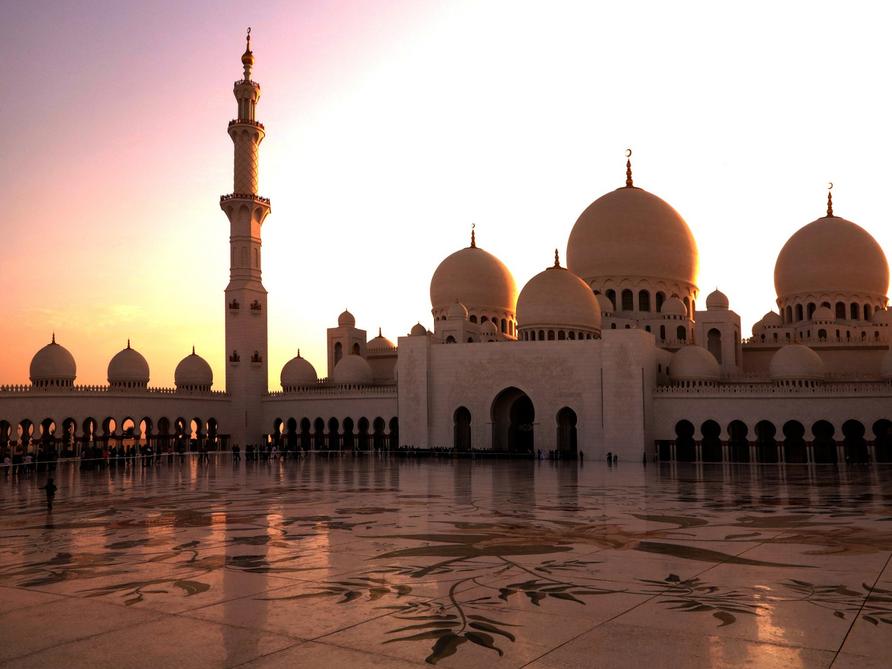
Picture a region in turmoil: the mighty Roman Empire is gone, the Persian Empire is staggering, and local Arab tribes in the Arabian Peninsula tussle endlessly. Into this landscape steps Muhammad, a visionary offering more than a new faith—he grants unity and hope. Islam wasn’t a sudden Mongol-style storm sweeping vast territories overnight. Instead, it evolved gradually, driven by social and political needs of its time.
Not Just Conquest: The Real Timeline of Islamic Expansion
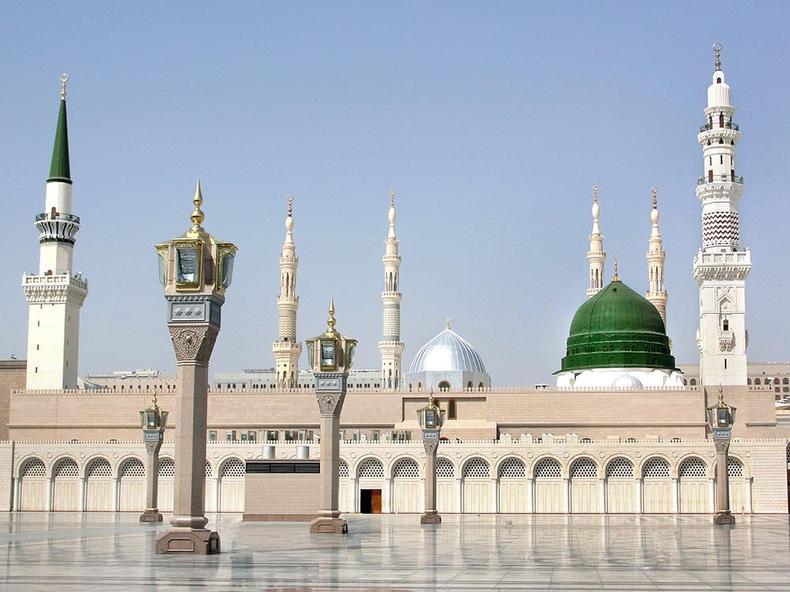
Many think Islam’s expansion was like lightning striking, rapidly conquering lands and immediately converting everyone. That’s a big misconception. Islamic states, from the Rashidun Caliphate to the Abbasids and Ottomans, took centuries to solidify power and culture. Sometimes, regions didn’t become predominantly Muslim until the 20th century—yes, one example is Egypt, where a full conversion took about 300 years!
The Islamic empire was often a mosaic of cultures and faiths ruled by Muslim elites. The key wasn’t to erase local identities but to reign alongside them with a more tolerant rule than their Christian counterparts.
The Military Edge and Political Opportunity
Islam emerged in a politically fragmented world struggling for cohesion. Muhammad’s leadership and the early Islamic armies wielded innovative tactics, combining light and heavy cavalry alongside infantry. This military diversity mirrored Mongol armies and proved well-suited to the challenges of the time.
Yet, military success alone wasn’t the recipe. The long-term endurance of Islam relied on savvy governance and cultural flexibility. It championed an expansionist yet inclusive doctrine that united tribes and regions previously mired in conflicts. Islam’s early “launch phase” benefited immensely from this mix of religious innovation and military strategy.
A Tolerant Empire Rather Than a Forced Religion
Contrary to some dramatic narratives, early Islamic rulers rarely pressed religion on conquered peoples forcibly. Instead, they allowed indigenous communities to maintain their faiths provided they paid a special tax known as Jizya. This system supported a pragmatic coexistence model.
Imagine being a Christian in an Islamic realm where your neighbors could practice freely, albeit with a tax. It was better than the infighting and religious persecution rampant in many nearby regions. This religious tolerance bolstered Islamic rulers’ legitimacy and made their reign relatively stable.
Cases in Point: The Slow Islamization of Egypt
The transformation of Egypt is a perfect example of Islam’s gradual spread. Arab settlers, arriving as early as 640 CE, reinforced initial conquests. Christian Egyptians paid the Jizya tax for their religious freedoms but faced economic incentives that nudged them toward conversion. Intermarriage between communities further blurred distinctions over generations.
Estimates suggest it took Egypt anywhere from 150 to 600 years to become predominantly Muslim, underscoring the slow drip of Islamization versus a sudden flood. Similar narratives played out in Persia and Anatolia, stressing that Islam’s dominance was a centuries-long process filled with layers of cultural exchange.
Diverse Islamic States and Cultural Exchange Beyond Arms
Despite the image of vast Islamic empires marching with swords, the spread of Islam was as much about trade and passive cultural exchange as it was about conquest. Silk Road merchants and merchants of the Indian Ocean carried Islamic beliefs and practices far beyond military reach.
Caliphates like the Abbasids turned cities like Baghdad into vibrant melting pots. Here, science, philosophy, and art thrived under Muslim rule, attracting scholars and traders worldwide. It wasn’t just the Arab conquests but the allure of the Islamic civilization itself that drew many to convert.
Religious Fragmentation Within Conquered Lands
Islam’s advance met regions fractured by Christian sects often at odds. Imagine a religious neighborhood split between different sects, some labeled heretical by others, vying for dominance. The arrival of Muslim rulers who imposed a neutral rule and allowed various groups to practice, pay taxes, and live somewhat autonomously brought welcome relief.
This political and religious patchwork was less combative than many might imagine. The Islamic rulers’ acceptance of diverse communities under the umbrella of Dhimmi status, which granted protection and certain rights, created an environment where older faiths could persist even as Islam grew.
A Model of Pluralism That Outlasted Empires
Fast forward to the post-Ottoman period: Sunni Muslim elites ruled over Shia Muslims, Christians, Jews, and other groups in a diverse cultural tapestry. This pluralism wasn’t perfect but highlights the non-totalitarian approach of early Islamic governance.
Throughout history, Islamic rulers leveraged tolerance. This policy helped preserve social stability and state functioning across vast, ethnically and religiously diverse populations. The granting of relative autonomy to “non-Muslim” communities mirrors, in some ways, European Enlightenment-era moves toward civil rights.
So, What’s the Secret Sauce of Islam’s Longevity and Dominance?
It’s a mix of well-timed emergence, military adaptability, flexible governance, cultural openness, and patient demographic shifts over centuries.
Without a centralized culture forcing uniformity, Islam thrived as an elite faith ruling over a patchwork of cultures. The religion taught unity but was pragmatic enough to allow coexistence. That wise balance—coercive enough to expand yet tolerant enough to govern—proved incredibly durable.
Lessons and Reflections for Today
Looking back, it’s tempting to view history as a series of quick wins and rapid dominance. Islam’s story challenges that view. It reminds us that real influence spreads not only by force but by building systems that accommodate diversity. This creates longevity and cultural depth.
Could this historical model of coexistence inspire modern multicultural governance? If history teaches anything, it’s that absolutism rarely endures—but flexible pluralism does.
Summary Table: The Key Factors in Islam’s Expansion and Longevity
| Factor | Description | Impact |
|---|---|---|
| Timing & Context | Emergence in a fragmented political/religious landscape | Filled a power and spiritual vacuum; fostered unity |
| Military Innovation | Combined arms with cavalry and infantry | Effective conquests and defense |
| Tolerance & Dhimmi System | Allowed non-Muslims to retain religion for taxes | Reduced resistance; fostered social stability |
| Gradual Cultural Integration | Slow Islamization via immigration, conversion, intermarriage | Longevity of faith and civilization |
| Trade & Cultural Exchange | Spread Islam passively across vast regions | Expanded influence beyond military reach |
| Pluralistic Governance | Diverse cultures coexisted under elite Muslim rule | Ensured empire’s administrative success and endurance |
In Conclusion
So next time you wonder how Islam spread so fast and kept its grip, remember: it’s not a story of flash conquest or brute force. It’s a lesson in political acumen, military prowess, and above all, pragmatic, tolerant governance. The dominance of Islam over indigenous religions wasn’t instantaneous. It was a patient, centuries-long process that skillfully adapted to changing times and diverse peoples.
History, it seems, rewards those who build bridges rather than walls. Islam’s enduring legacy shines as a testament to that truth.
Why did Islam spread quickly despite the fragmented political landscape in the 7th century?
Islam emerged during a time when major empires were weakening. The new faith offered unity and clear cultural practices. Muhammad united diverse tribes using innovative military tactics, enabling rapid early expansion.
How did Islamic states maintain control without forcing mass conversions?
Islamic rulers tolerated non-Muslim groups if they paid taxes and followed basic laws. This allowed cultural diversity while keeping Islam as the elite culture. Forceful conversion was rare, easing social tensions.
What role did trade and cultural exchange play in Islam’s spread?
Islam spread not only by conquest but also through peaceful trade networks and passive cultural exchange. Merchants and travelers helped introduce Islamic ideas far beyond political borders.
Why did Islamic societies last so long compared to indigenous religions?
Islam adapted to local cultures and allowed religious pluralism within its realms. Its ruling elites supported the faith but permitted diversity, which reduced resistance and helped sustain Islamic culture over centuries.
How did the example of Egypt illustrate the gradual spread of Islam?
In Egypt, the majority religion shifted over 300 years. Islamization took time through demographic changes and social factors, showing that conversion was a slow, complex process.
